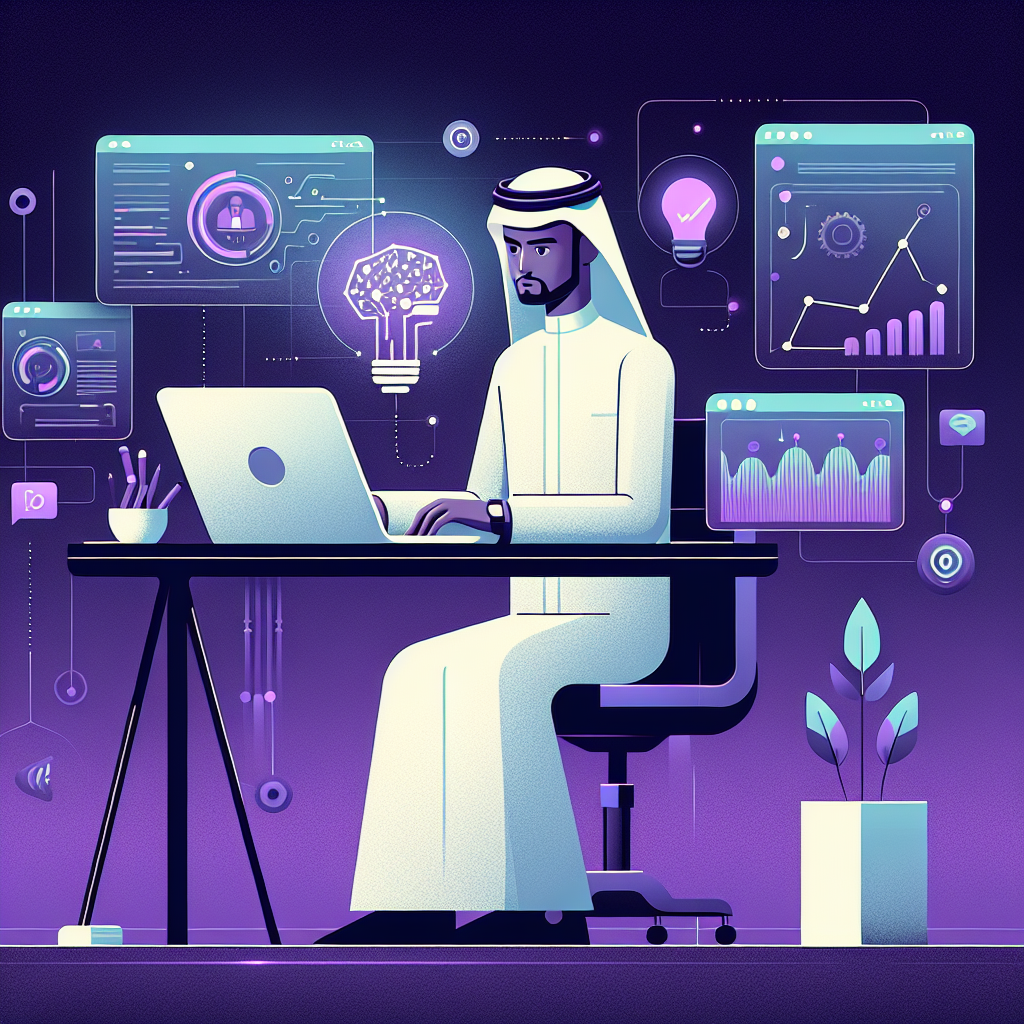-
Table of Contents
The Rise of AI Design Tools: What Every UX/UI Designer Should Know

As technology continues to advance at a rapid pace, the role of a UX/UI designer has become more complex and demanding. With the rise of artificial intelligence (AI) and its integration into design tools, the landscape of UX/UI design is constantly evolving. As a Senior Product Designer with experience in UX, research, AI, and scalable systems, I have witnessed firsthand the impact of AI design tools on the industry. In this article, I will share my insights on the rise of AI design tools and what every UX/UI designer should know to stay ahead in this ever-changing field.
The Evolution of Design Tools
Design tools have come a long way since the early days of Photoshop and Illustrator. With the increasing demand for user-centered design and the need for faster and more efficient processes, design tools have evolved to meet these challenges. The introduction of AI into design tools has revolutionized the way designers work, making their jobs easier and more efficient.
AI design tools use machine learning algorithms to analyze data and make predictions, allowing designers to automate repetitive tasks and focus on more creative and strategic aspects of their work. These tools can also learn from user behavior and preferences, providing personalized design recommendations and improving the overall user experience.
Examples of AI Design Tools
One of the most well-known AI design tools is Adobe Sensei, which is integrated into Adobe’s Creative Cloud suite. Sensei uses AI and machine learning to enhance the capabilities of popular design tools such as Photoshop, Illustrator, and InDesign. It can automatically remove backgrounds from images, suggest font pairings, and even generate color palettes based on an image.
Another popular AI design tool is Figma’s Auto Layout feature, which uses AI to automatically adjust the layout of design elements based on changes made by the designer. This saves designers time and effort in manually adjusting layouts for different screen sizes and devices.
AI design tools are not limited to just graphic design. In the field of UX design, tools like UXPin and InVision Studio use AI to generate design prototypes and animations, making the prototyping process faster and more efficient.
The Benefits of AI Design Tools
The integration of AI into design tools has numerous benefits for UX/UI designers. One of the most significant advantages is the time-saving aspect. With AI automating repetitive tasks, designers can focus on more creative and strategic aspects of their work. This not only increases productivity but also allows for more experimentation and innovation in the design process.
AI design tools also help in creating more personalized and user-centric designs. By analyzing user data and behavior, these tools can provide insights and recommendations that can improve the overall user experience. This leads to more effective and successful designs that meet the needs and preferences of the target audience.
Furthermore, AI design tools can also help in creating more scalable and adaptable designs. With the ability to learn and adapt, these tools can assist in creating designs that can easily be adjusted for different screen sizes, devices, and user preferences. This is especially beneficial in today’s digital landscape, where designs need to be adaptable to various platforms and devices.
Key Takeaways and Actionable Insights
As a UX/UI designer, it is essential to stay updated with the latest trends and advancements in the industry. Here are some key takeaways and actionable insights to keep in mind when it comes to AI design tools:
- Embrace AI design tools as a way to enhance your skills and improve your workflow.
- Stay updated with the latest AI design tools and their capabilities to stay ahead in the industry.
- Experiment and explore the possibilities of AI design tools to push the boundaries of your creativity.
- Continue to prioritize user-centered design and use AI design tools as a tool to enhance the user experience.
Conclusion
The rise of AI design tools has undoubtedly changed the landscape of UX/UI design. With its ability to automate tasks, provide personalized insights, and create scalable designs, AI has become an essential tool for designers. As a Senior Product Designer, I have seen the impact of AI design tools on the industry and believe that it is crucial for every UX/UI designer to stay updated and embrace these tools to stay ahead in this ever-evolving field.
Are you ready to embrace the power of AI design tools? Let me know your thoughts and experiences in the comments below. And if you want to see some real-life examples of how I have used AI design tools in my work, check out my portfolio or connect with me on LinkedIn.